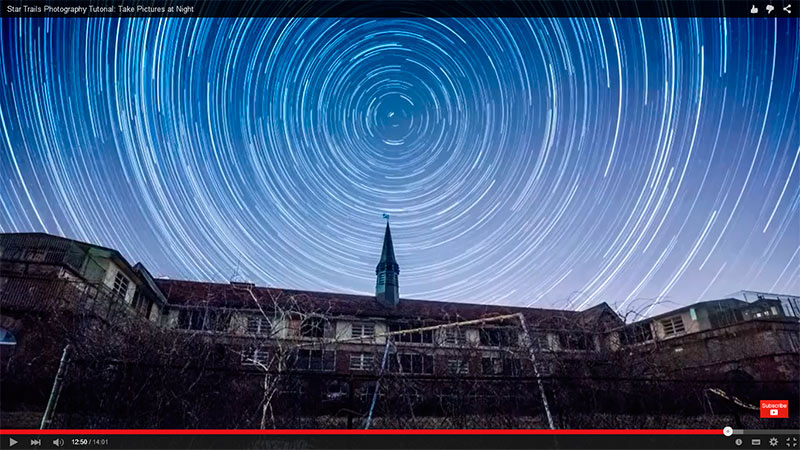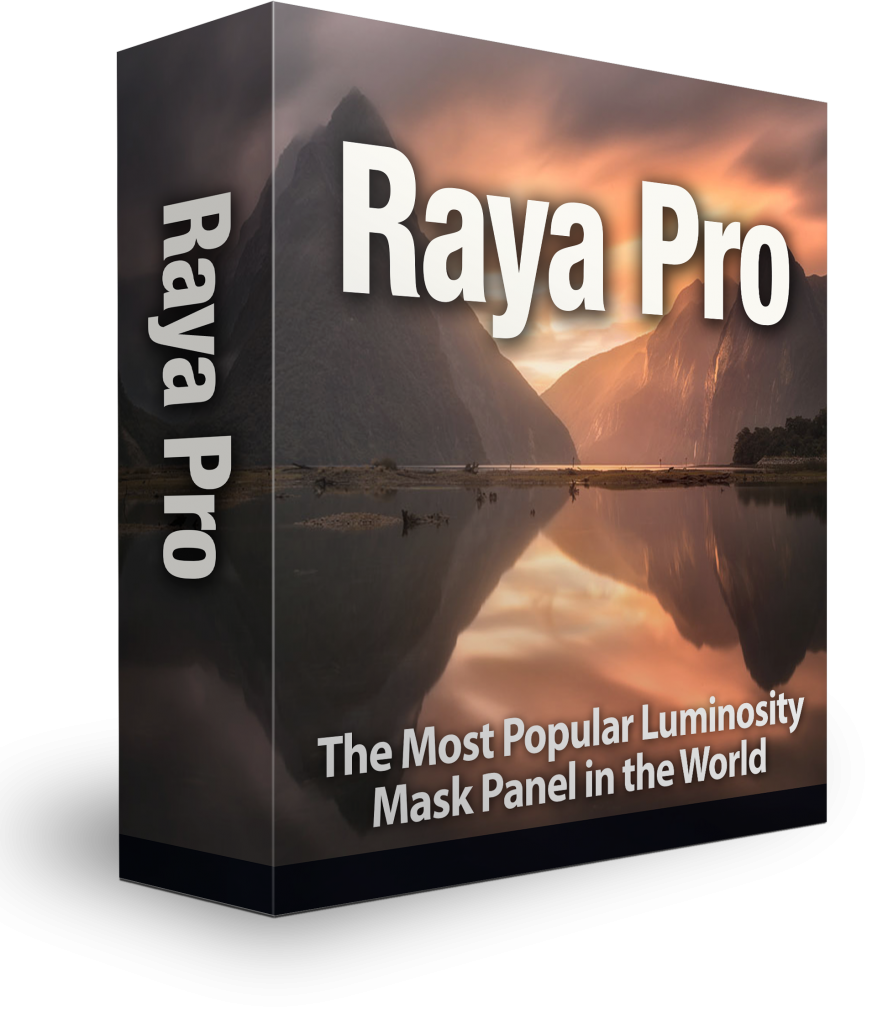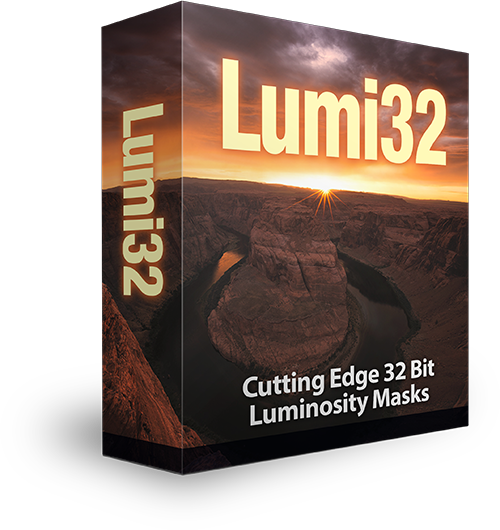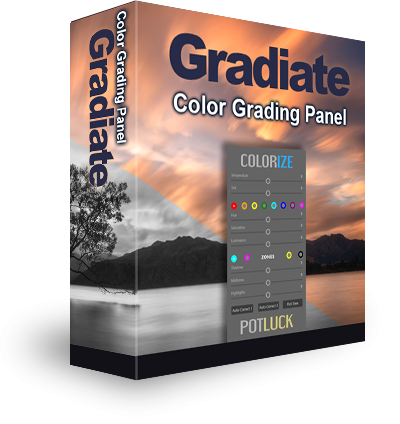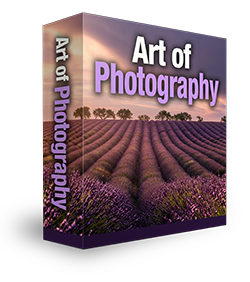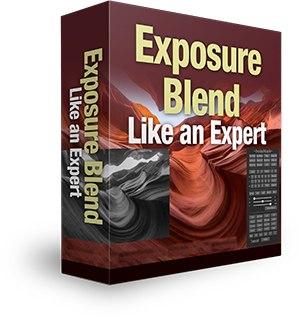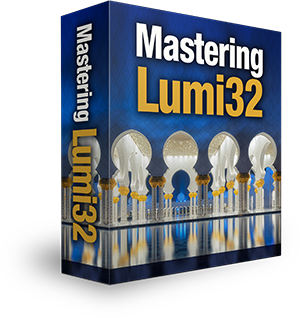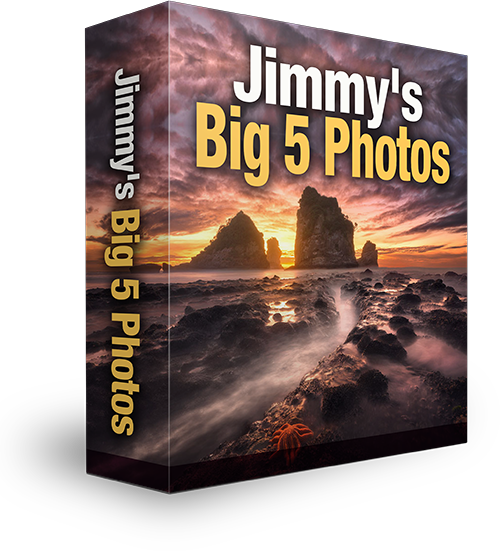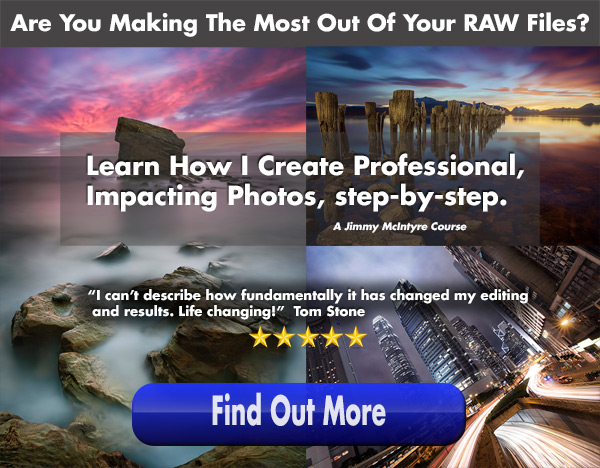Shooting and processing star trails is a lot of fun. But it’s also a touch more complicated that shooting general landscapes. In this video tutorial, Tony Northrup, goes through the preparation and techniques necessary for capturing star trails as cleanly as possible.
Enter your email below and join our community of more than 100,000 photographers who have also
Subscribed to our newsletter.
Downloaded our FREE Photoshop Course.
Got our FREE Easy Panel for Photoshop.
And, have our FREE Essential Guide To Luminosity Masks E-Book.
To go directly to any of our products, simply click on the image below.
Shutter Evolve Complete Product Range
How To Capture Star Trails At Night
